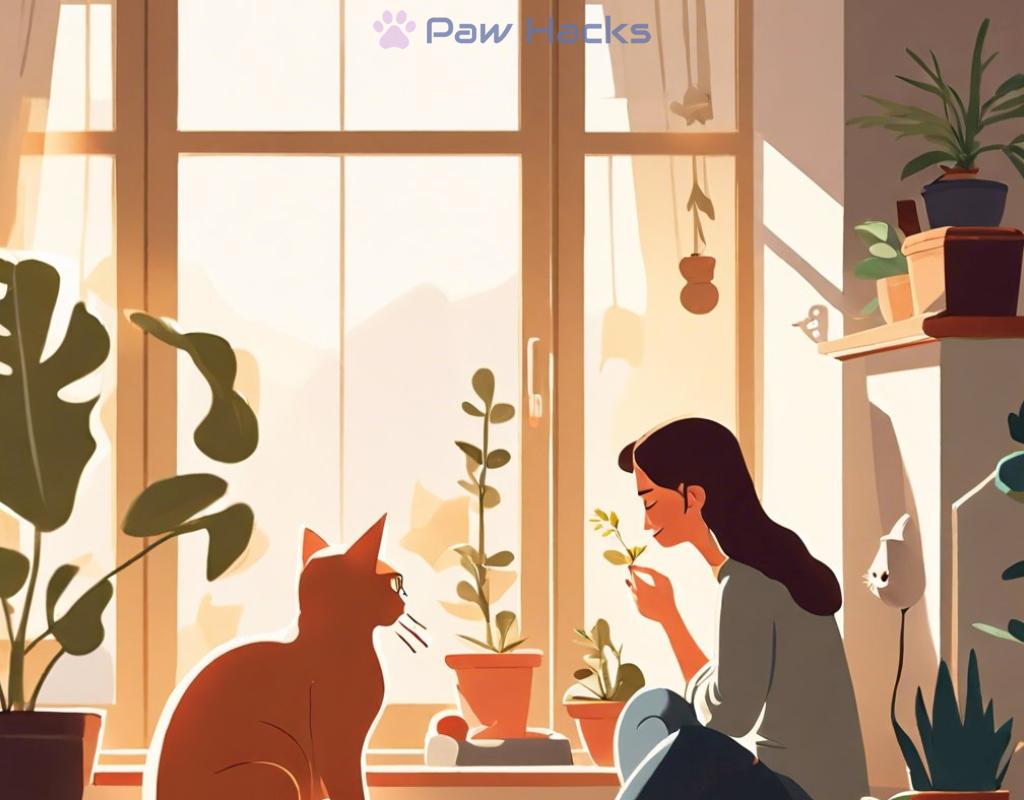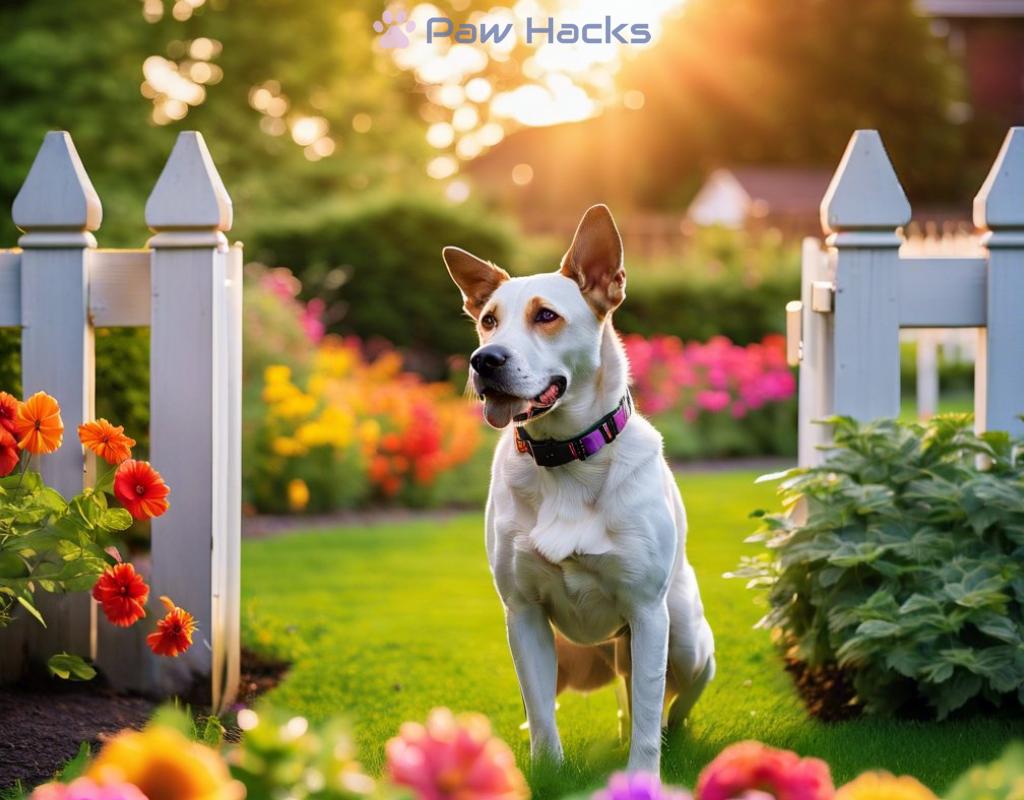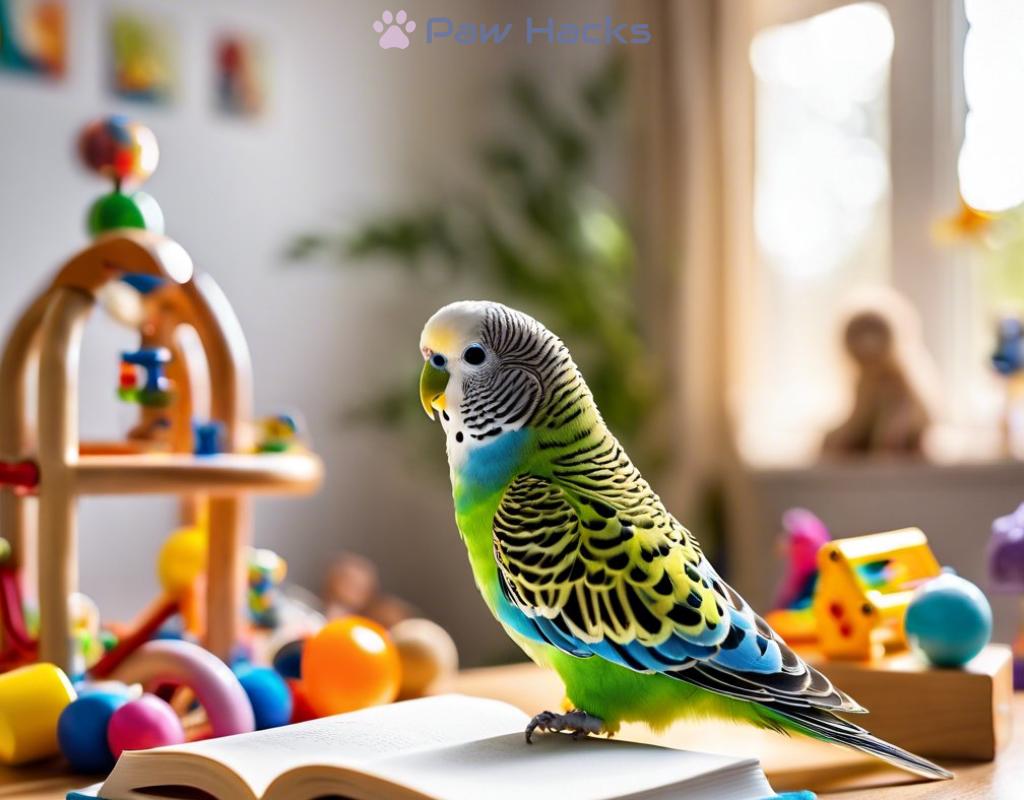Correcting Excessive Meowing in Cats
Understanding the Reasons Behind Your Cat’s Excessive Meowing

Cats are often thought of as independent creatures, but they have a unique way of communicating, primarily through meowing. If your feline friend has suddenly ramped up the volume, it’s essential to understand the reasons behind this behavior. Excessive meowing can be a sign of various underlying issues, from health concerns to behavioral changes.
Understanding why your cat is meowing excessively is the first step in addressing the issue. Below are some common reasons that may explain this vocalization.
- Hunger or Thirst: Cats will often meow to express their needs, especially when it comes to food or water.
- Attention Seeking: If your cat feels neglected, it may meow to gain your attention.
- Health Issues: Sometimes, excessive meowing can indicate a medical problem that requires attention.
- Stress or Anxiety: Changes in the environment or routine can lead to increased vocalization.
- Age-Related Changes: Older cats may meow more due to confusion or cognitive decline.
Not all meows are created equal. Cats have different types of meows, each with its own meaning. By paying attention to the pitch, length, and frequency of these sounds, you can better understand what your cat is trying to convey.
Here’s a quick guide to help you decode your cat’s vocalizations:
| Meow Type | Description | Possible Reason |
|---|---|---|
| Short Meows | Quick and sharp | Greeting or attention seeking |
| Long Meows | Drawn out | Demanding food or attention |
| Chirps or Chatter | Excited sounds | Interest in birds or playfulness |
| Yowls | Loud and harsh | Discomfort or distress |
Now that you have an understanding of why your cat may be meowing excessively, the next step is to address the issue. Here are some practical solutions to manage your cat’s vocal behavior.
Consider implementing the following strategies:
- Regular Feeding Schedule: Establish a consistent feeding routine to reduce hunger-driven meowing.
- Interactive Playtime: Spend quality time engaging with your cat to alleviate boredom and attention-seeking behaviors.
- Veterinary Check-Up: If you suspect a health issue, consult your vet for a thorough examination.
- Environmental Enrichment: Provide toys, scratching posts, and climbing structures to keep your cat mentally stimulated.
- Calming Products: Consider using pheromone diffusers or calming collars to reduce anxiety-related meowing.
By understanding the reasons behind your cat’s excessive meowing and taking steps to address it, you can improve your cat’s well-being and restore peace in your home.
Effective Strategies to Curb Excessive Meowing in Cats
To effectively manage your cat’s vocalizations, it’s crucial to establish a structured environment that meets their physical and emotional needs. Cats thrive on routine; therefore, implementing a consistent daily schedule can significantly reduce excessive meowing. For instance, feeding your cat at the same times each day can help them understand when to expect their meals, alleviating the need for vocal reminders. Moreover, regular playtime also plays a pivotal role in their happiness. Engaging in interactive sessions not only fulfills their need for attention but also helps to stave off boredom, which can lead to increased meowing.
Recognizing the specific reasons behind your cat’s vocalizations is essential for effective correction. Sometimes, cats meow as a means of communication, and understanding their unique vocal patterns can help you respond appropriately. For example, if your cat is meowing at you while staring at their empty food bowl, they are likely expressing hunger. In this case, responding to their needs by refilling their bowl can establish a positive communication loop. However, it’s equally important to avoid reinforcing excessive vocal behavior through attention when it is unwarranted. If your cat is meowing for attention but has already been fed, try to ignore the meowing and only give them attention when they are quiet. This approach teaches them that silence, rather than noise, is rewarded.
Enhancing your cat’s environment with various enrichment techniques can significantly reduce excessive meowing. Cats are naturally curious creatures that need mental stimulation to stay engaged. By providing an array of toys, scratching posts, and climbing structures, you can create an enriching space that keeps them entertained. Additionally, consider rotating toys regularly to maintain their interest. Incorporating interactive toys that challenge your cat mentally can also diminish the urge to vocalize excessively. For instance, puzzle feeders require them to work for their food, keeping their minds occupied while they eat. Furthermore, creating cozy resting spots can give them a sense of security and comfort, minimizing anxiety-driven meowing.
Creating a Peaceful Environment: Reducing Stress in Your Feline Friend
Creating a peaceful environment for your cat is essential in addressing excessive meowing. Stress can manifest in many ways for our feline companions, leading them to vocalize more than usual. Understanding how to cultivate a calming atmosphere can significantly enhance your cat’s quality of life and reduce their need to meow excessively.
One of the first steps in creating a tranquil space is to minimize environmental stressors. Cats are sensitive to changes in their surroundings, and even minor adjustments can cause anxiety. Consider factors such as loud noises, the presence of unfamiliar animals, or even rearranging furniture. These elements can contribute to your cat’s stress levels, prompting them to vocalize their discomfort. Ensuring that your home remains a haven of stability can help alleviate their anxiety. Moreover, creating a designated safe space within your home where your cat can retreat to when feeling overwhelmed can foster a sense of security.
Establishing a daily routine is another vital component in promoting peace for your feline friend. Cats thrive on predictability, and a consistent schedule can significantly reduce their stress. By feeding, playing, and interacting with your cat at the same times each day, you can provide a sense of normalcy that helps minimize anxiety-driven meowing. Additionally, setting aside quiet times where your cat can relax undisturbed will encourage a more serene environment. This balance of stimulation and calm is crucial for your cat’s well-being.
Incorporating calming aids and techniques can further enhance your cat’s environment. Consider using calming pheromone diffusers or sprays that can create a soothing atmosphere. These products mimic the natural pheromones cats release, helping them feel more secure. Furthermore, gentle background music or white noise can drown out sudden disturbances that may cause stress. Engaging in regular interactive playtime also serves as an excellent outlet for your cat’s energy, providing both physical and mental stimulation. This not only helps build a bond between you and your cat but also reduces the likelihood of excessive vocalizations stemming from boredom or pent-up energy.
When to Seek Professional Help for Your Cat’s Meowing Behavior
While understanding your cat’s vocalizations is crucial in managing excessive meowing, there are instances where seeking professional help becomes necessary. Recognizing the signs that indicate a deeper issue can make all the difference in ensuring your cat’s health and happiness. If you’ve noticed a sudden increase in vocalization that appears out of character for your feline friend, it may be time to consult a veterinarian.
Not every instance of excessive meowing is a cause for alarm; however, certain patterns can signal the need for professional evaluation. For instance, if your cat’s vocalizations are accompanied by other alarming behaviors, such as changes in appetite, lethargy, or unusual hiding, these may point to underlying health problems. It’s vital to observe if your cat seems distressed or in pain, as these signs often indicate that something is wrong. If your cat’s meowing becomes incessant, especially if it occurs at odd hours, it can disrupt your household and may warrant attention from a vet.
One of the primary reasons for excessive vocalization in cats is health-related issues. Conditions such as hyperthyroidism, dental pain, or even cognitive dysfunction in older cats can lead to increased meowing. If your cat has suddenly changed their meowing habits or displays signs of discomfort like weight loss or difficulty eating, it is crucial to seek veterinary help promptly. Your vet can perform a thorough examination and run necessary tests to rule out medical causes, ensuring that your cat receives the appropriate treatment. Remember, acting swiftly can prevent potential complications and improve your cat’s quality of life.
Sometimes, excessive meowing may stem from behavioral changes rather than health issues. If you’ve recently moved, introduced a new pet, or experienced significant changes in your household, these factors can contribute to your cat’s anxiety and vocalization. If self-help strategies do not yield results and your cat continues to meow excessively despite your best efforts, a consultation with a veterinary behaviorist might be beneficial. These professionals can provide specialized insights and tailored behavioral modification techniques to help your cat adjust to their environment and reduce stress-related meowing. In conclusion, while many instances of excessive meowing can be managed through understanding and environmental adjustments, recognizing when to seek professional help is essential for your cat’s well-being.
The Role of Play and Engagement in Minimizing Cat Meowing
Playtime is not just a fun activity for cats; it serves as a vital tool in reducing excessive meowing. When cats engage in interactive play, they channel their energy and instincts into productive behaviors, which can significantly diminish their need to vocalize. Understanding how structured play and engagement impact your cat’s behavior is essential in fostering a peaceful environment for both you and your feline companion.
Cats are naturally inclined to explore and hunt, and when they lack opportunities to engage in these activities, they may resort to excessive vocalization as a form of communication. Interactive play stimulates their minds and fulfills their instinctual needs, transforming their focus away from meowing. When cats are enriched with toys that mimic prey or engage in activities that allow them to climb and scratch, they are less likely to seek your attention through vocalizations.
Not all play is created equal; different types of play can lead to varying outcomes regarding meowing behavior. Active play sessions using toys such as feather wands or laser pointers can effectively burn off excess energy, leaving your cat satisfied and less inclined to meow. Additionally, solo play toys, like puzzle feeders or treat-dispensing balls, can encourage independent play and keep your cat engaged for longer periods. This balance between interactive and independent play ensures that your cat remains physically and mentally stimulated, ultimately reducing the likelihood of excessive vocalization.
To truly minimize excessive meowing, it’s crucial to create an environment conducive to play and exploration. Cat trees, tunnels, and various climbing structures can provide your cat with the necessary space to explore and exercise. Regularly rotating their toys can maintain their interest, preventing boredom and the need to vocalize for attention. Furthermore, engaging in playtime routines at the same time each day can instill a sense of predictability, giving your cat something to look forward to and reducing anxiety-driven meowing.
Incorporating play and engagement in your cat’s daily routine not only minimizes excessive meowing but also enhances your bond with them. By understanding the importance of structured play, you equip yourself with the tools necessary for creating a harmonious living environment where both you and your cat can thrive.
Share this content:



